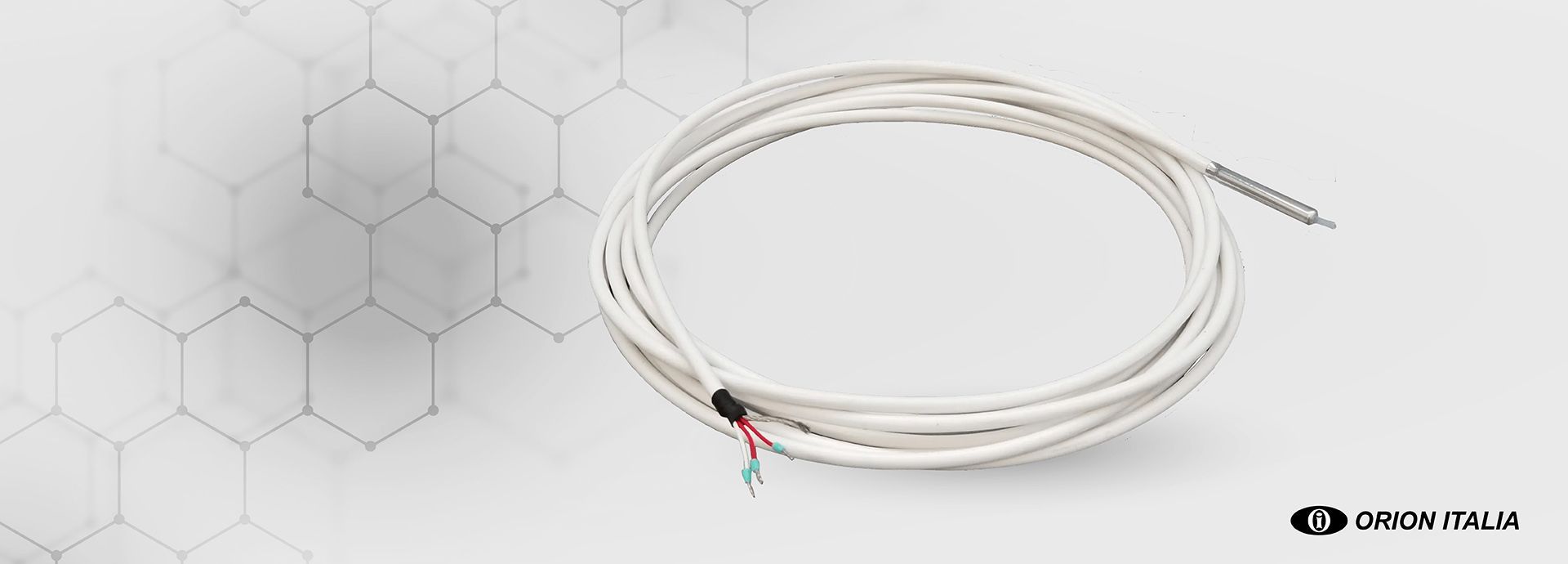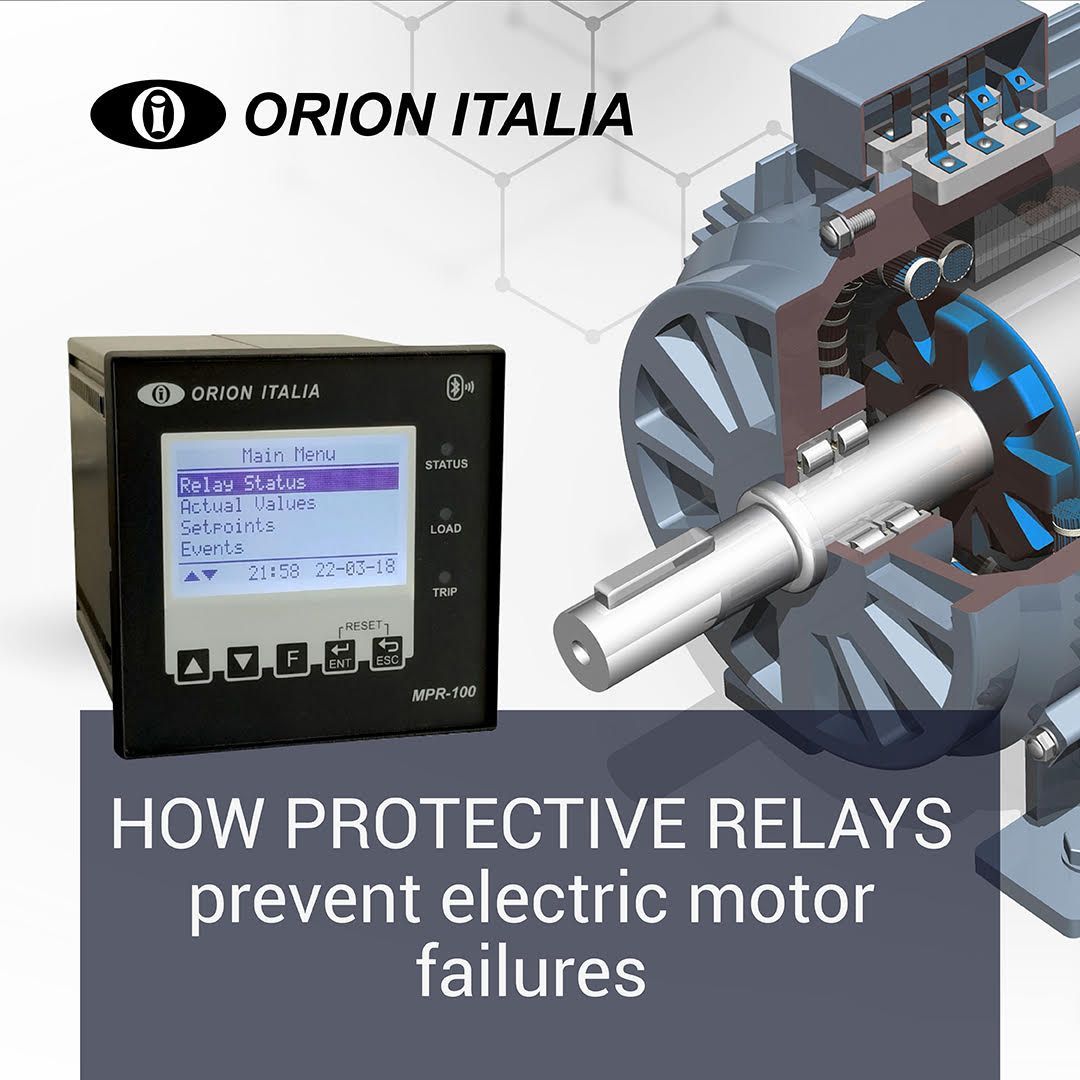Blog

How to Monitor Dry-Type Transformers Temperature with PT100 Probe
PT100 probes are widely used in industries due to their precision and stability. Temperature detection is based on the principle of the variation of resistance of a platinum wire according to perceived degrees, offering a linear response and covering a wide range of temperatures.
Functioning of PT100 Probe in Dry-Type Transformers
In dry-type transformers, PT100 sensors are employed to monitor the temperature of key components such as cores and winding coils, where excessive heat may indicate overloads, inefficiencies, or potential failures. Unlike oil-filled transformers, in dry-type transformers, heat is dissipated directly into the surrounding air through insulating materials and the transformer's structure itself. Accurate temperature monitoring in these components is crucial for safety, operational efficiency, and apparatus longevity.
How PT100 RTDs Measure Transformer Temperature
RTDs measure temperature by leveraging the property of platinum, whose resistance value changes predictably with increasing or decreasing degrees. They are connected to measurement circuits that can convert resistance variation into an electric signal interpretable as a temperature reading.
Application of PT100 Probe in Dry-Type Transformers
Installation
In dry-type transformers, PT100 temperature sensors are typically installed near low voltage windings. This ensures that the measured temperature is representative of actual operating conditions.
Monitoring and Control
PT100 probes are particularly useful when integrated into a control system that automatically utilizes their data to protect the transformer. Orion Italia has designed the TR42 protection relay, a comprehensive device that detects, alerts, and trip the main breaker.
In the event of excessively high temperature,
TR42 operates in three steps: it
sends an initial
alarm indicating proximity to over-temperature,
activates the cooling system (fans), or automatically
disconnects the transformer from the grid to prevent damage.
Discover how to monitor your dry-type transformer effectively.
Preventive Analysis
Analyzing temperature trends over time can help identify emerging issues before they result in failures. For example, a gradual increase in winding temperature could indicate dust accumulation or insulation degradation, necessitating maintenance interventions.
Advantages of Using PT100 in Dry-Type Transformers
Overheating Prevention:
Helps avoid damage to windings and the core caused by excessive temperatures.
Maintenance Optimization: Provides data for predictive maintenance, reducing unplanned machine downtime.
Extended Service Life: Aids in ensuring the transformer operates within recommended temperature limits, prolonging its operational lifespan.
Improved Safety: Prevents potentially hazardous situations related to overheating.
To harness PT100 value effectively, a comprehensive control system is required.
To harness PT100 value effectively, a comprehensive control system is required.
SHARE THIS ARTICLE
Discover More














